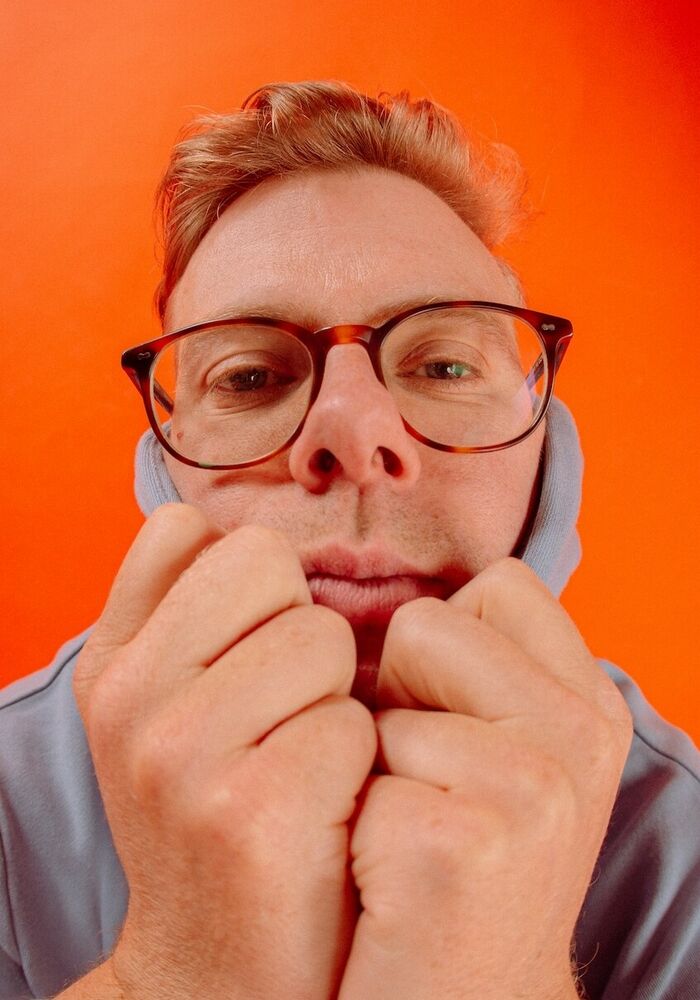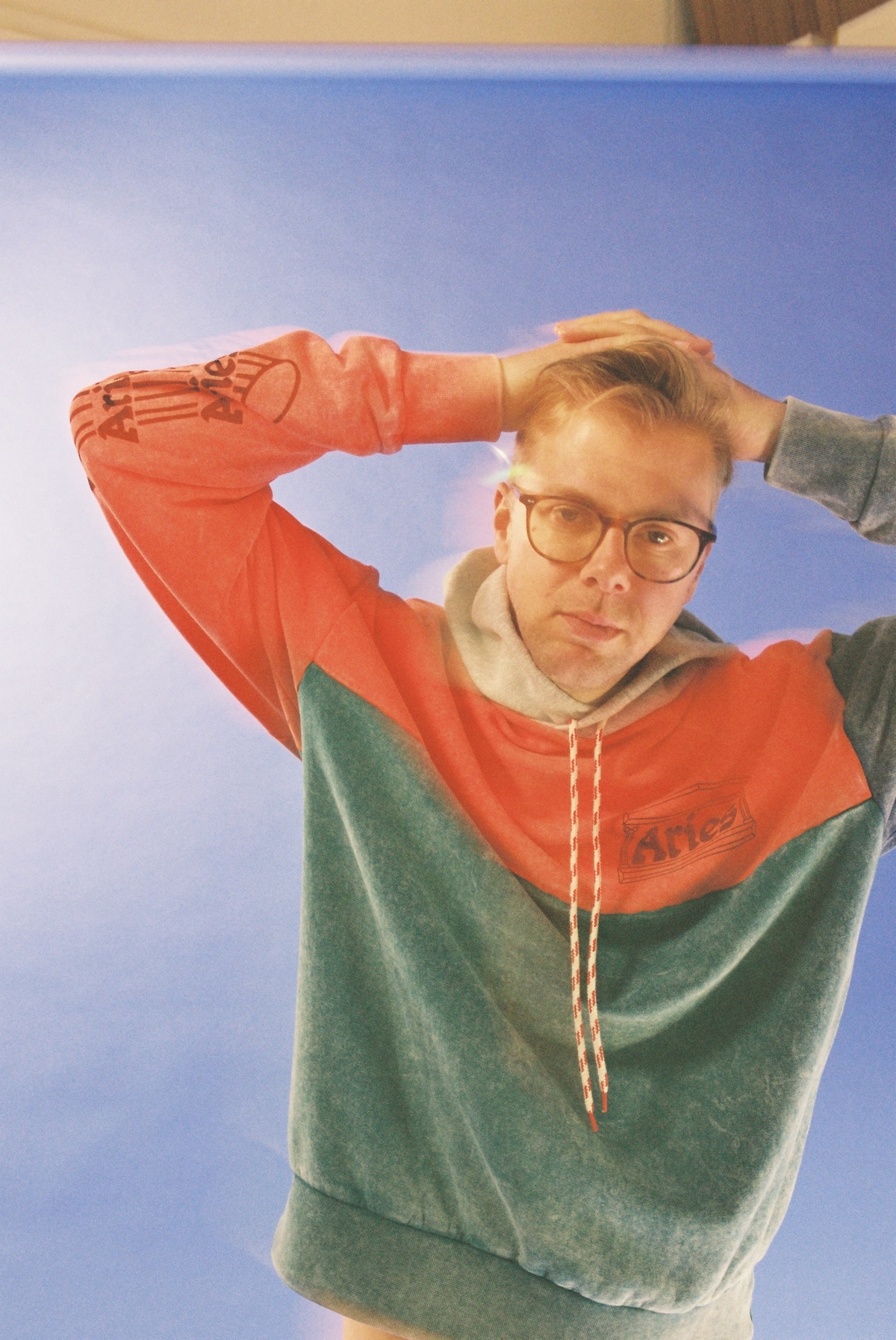Jamie Reddington is Sound Of Fractures, a London-based electronic artist and producer who is driven to forge a new path for creating a sustainable music career for himself and other artists. He’s not afraid to speak out on streaming platforms that don’t pay a penny, and social media platforms that make money off the back of musicians’ content. After the success of his early single Real Friends and experimenting with blockchain technology to sell his music, he brings us Bubbles, his new single with an interactive project built around it entitled Scenes that invites listeners to share photos and memories with the song that eventually becomes part of the artwork.
Music technology, and the tech that is emerging to help artists promote and sell their music is a key part of what Reddington does, while centering around a very human story. Making modern, forward-thinking UK garage and electronic music, he is one of the most prominent artists fusing his work with web3 platforms, which use blockchain technology to enable musicians to keep more of the profits from their music that would otherwise go to middle-men and the traditional gatekeepers of the music industry (record labels, streaming platforms, managers, take your pick).
“I started out very much into hip-hop and soul music,” Reddington says when asked about his earliest music days. “I started playing in a band when I was a teenager. But in that period, drum and bass and garage were just having this massive moment, and that felt like the one thing that was ours in the UK. So I got drawn into that and I was going raving a lot. I guess the whole Bristol sound was really big for me. I was already into music like Massive Attack, Tricky and Portishead. That to me was really exciting – mixing electronic music with the indie sounds.”





